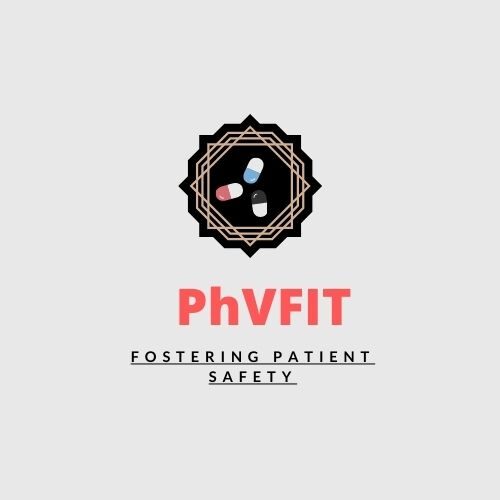Human Factors in Patient Safety
To err is human, and this is why it is so important to apply human factors for patient safety, and develop procedures to minimize error.
How we apply human factors? Aviation industry applies the principles of human factors, and has built a controlled system of checklists and protocols to minimize the errors! The stakes are so high, you can not afford to err in avaiation, right.
Now just imagine how all the more important human factors are in a hospital environment. However, research has shown that human factors and ergonomics are often ignored in health care.
In a health care environment, there are a number of human factors involved that can lead to errors. To name a few, fatigue due to longer shifts, stress of emergencies, change of duties that can lead to communication issues during handovers, distractions during procedures, etc.
For e.g. a lab technician takes samples for a patient in a common ward, and soon after is called by another patient for some support, however, in the hurry, he misses labeling the samples and they get mixed up. If we understand this common human factor, it makes sense to develop a protocol to minimize the distractions.
Time outs in operation theatre before starting an operation is also an example of a protocol to minimize procedural errors.
The problem starts when the protocols are deviated from, example the surgeon feels he knows all details and does not need a time out.
Therefore, the protocols are not enough, adherence to them is most essential. A failure to apply human-factors principles is a key aspect of most adverse events (harm to patients) in health care.
The WHO’s curriculum guide for patient safety recommends: all health-care workers to have a basic understanding and training of human-factors principles, and according to this understanding the ergonomics of the health care facility should be customized to minimize error.
Let us take another example:
Here is an insightful article from Uppsala Monitoring Centre Uppsala reports that talks about the medication errors due to two component vaccines and the harm they could cause (link at the bottom).
What kind of errors?
The article shares a number of real life medication error examples that have happened in different countries across the world – and their impact.
Errors like:
The vaccine components do not mix properly or incorrect diluent was used to reconstitute a vaccine.
The Impact:
In 2014, 15 children in Syria died after atracurium (a paralysing agent) was used to reconstitute a measles vaccine. Apparently the ampule packaging of the drug was similar to the vaccine diluent packing and the mix-up occurred.
A similar incident in Samoa in 2018 not only led to the death of two infants but also impeded the immunisation efforts in the country, which in turn led to an outbreak of measles in the country that infected 4300 people and claimed 70 lives (majorly 5 year olds).
These were common human errors, but when you go the root of it, you find they could have been prevented.
The article further states, “human error can never be eliminated, however, many factors that contribute to the error can be identified and improved to minimize the chances of it occurring. International medication safety network (IMSN) has issued a position statement calling for greater worldwide attention to the problem of unsafe design of vaccine packaging and labeling”.
To err is human, but not to learn from errors and keep erring is not!
Read further under the link below. It is a must read, do not miss.
https://lnkd.in/dhKnwsQM

